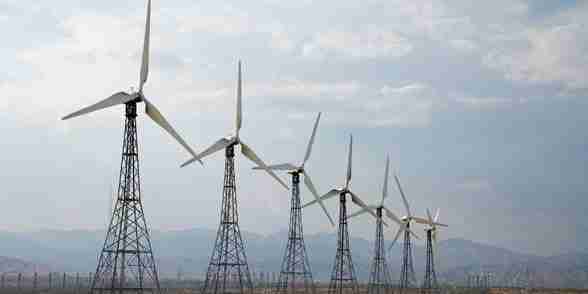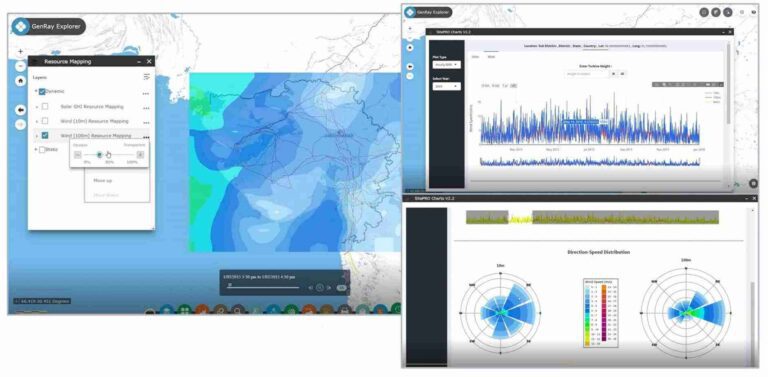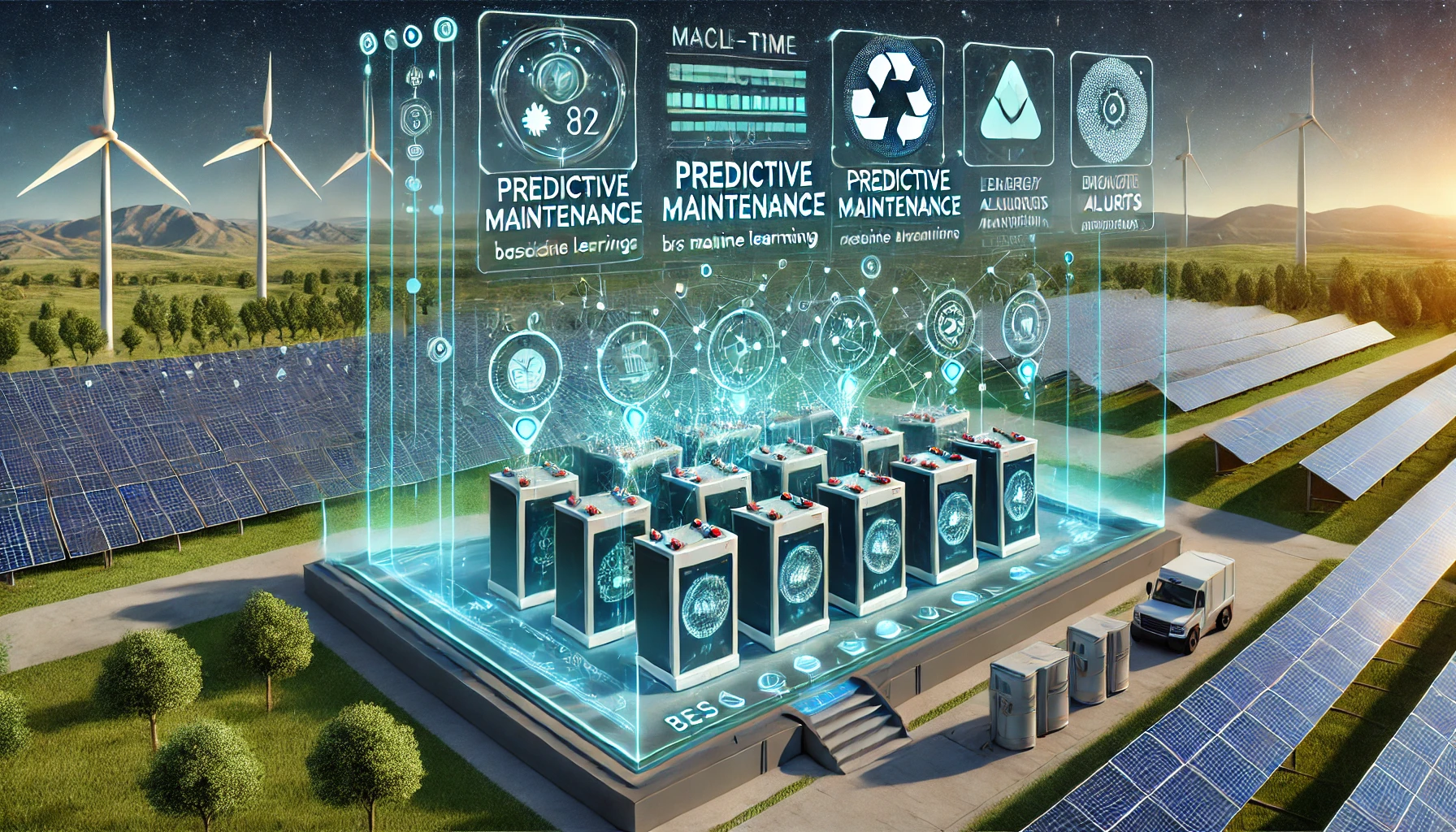Repowering wind energy in India is becoming increasingly crucial as the country, ranking fourth globally in wind power capacity with 38.7 GW as of February 2021, faces challenges in meeting its targets. Despite the Indian government’s ambitious goal set in 2015 to reach 60 GW of wind energy capacity by December 2022, progress has been slow. With 49.7 GW of projects at various stages of implementation and an additional 25.9 MW in the bidding phase, it appears difficult to meet the target, and Crisil Rating Information Services of India predicts the wind installation base may only reach about 45 GW by 2022.
Several factors have contributed to this slow pace, including land availability and acquisition challenges, and a sluggish manufacturing sector. Additionally, competitive bidding has slowed industry growth due to a significant reduction in tariffs, affecting both bid responses and profitability for original equipment manufacturers. To overcome these limitations and boost wind capacity, repowering—replacing older turbines with newer, higher-capacity models in existing wind farms—offers a cost-effective solution.
According to a recent report by the Institute of Energy Economics and Financial Analysis (IEEFA), repowering older wind turbines with capacities under 1 MW with modern turbines ranging from 2-3 MW could significantly enhance India’s wind power generation. This could translate into the installation of 30 GW of new capacity at India’s premier wind resource sites. Given that these are top wind locations, there is considerable value in repowering these sites to fully capitalize on their potential in an optimal and cost-effective way.
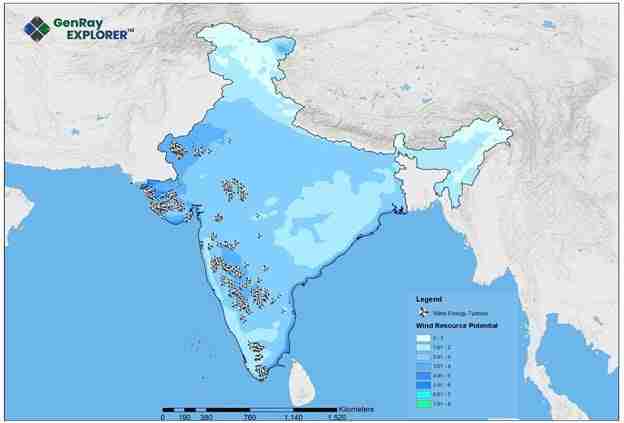
It is easy to see why one fifth of India’s wind turbines are now operating on outdated technology. Since the 1990s, when India began to harness wind power, most of the older plants were established in high-speed wind zones, primarily in Tamil Nadu and Gujarat, using older turbine technology. Wind turbine technology has rapidly advanced, featuring larger rotor diameters and higher hub heights, resulting in new turbines having almost double the generation capacity compared to those a decade older. Additionally, newer turbines require less operational and maintenance investment, enhancing profitability.
Despite significant potential and the introduction of a Wind Repowering Policy in 2016, India has struggled to fully utilize this opportunity. Challenges include additional costs such as investments in transmission assets needed to evacuate extra power, ownership complexities in wind plants with multiple owners, low PPA-bound tariffs of existing assets, and a lack of incentives to initiate repowering. India could benefit greatly from the experiences of countries like Denmark, Germany, Spain, and the Netherlands, which have successfully utilized repowering to expand their wind capacity.
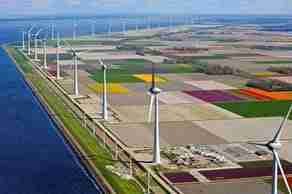
What is the potential for repowering wind energy in India?

Identifying potential sites
The encouraging development is that a new GIS-based data research tool developed by Singapore-based WhereSciences GeoSpatial Labs Energy, as detailed below, facilitates the assessment and prioritization of repowering needs directly from the comfort of homes and offices via a desktop site survey. This tool enables users to conduct comprehensive virtual surveys of all wind turbine installations across the country. The WhereSciences GeoSpatial Labs Energy data tool, known as GenRay EXPLORER™, has cataloged approximately 38,000 wind turbines in India.
Analysis from WhereSciences GeoSpatial Labs’s tool reveals that nearly 18 percent of India’s more than 34,000 wind turbines exceed 15 years of age. Utilizing data from the WhereSciences GeoSpatial Labs tool, it becomes evident that, for example, the district of Satara in Maharashtra has around 350 turbines that are older than 15 years, with a combined installed capacity of almost 300 MW.
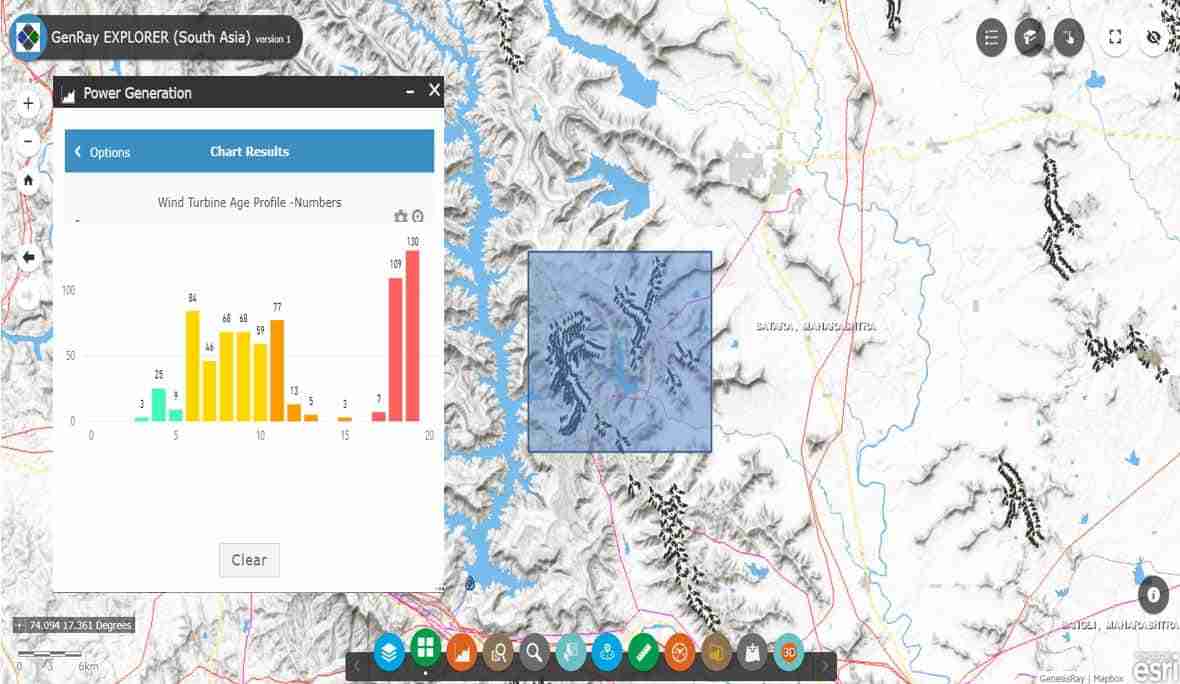
Using GenRay EXPLORER™ to screen viable sites for repowering
Using a virtual tool to forecast power generation of wind turbines
What are the key takeaways?
In summary, repowering is a key strategy for cost-effectively boosting wind generation capacity to meet India’s escalating energy demands. By utilizing WhereSciences GeoSpatial Labs’s reliable and user-friendly tool, both central and state governments, as well as energy consultants, can evaluate and prioritize repowering initiatives within the Indian wind power sector, facilitating a transition to a clean energy future.
